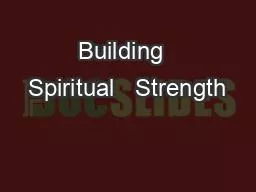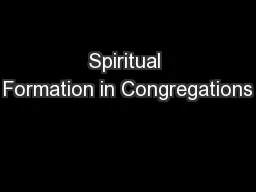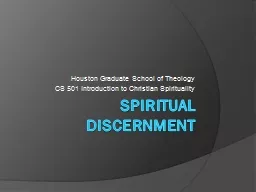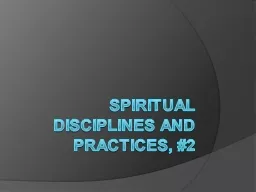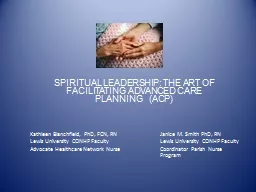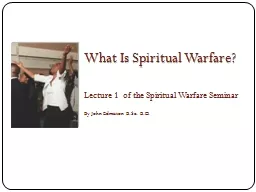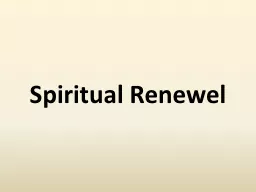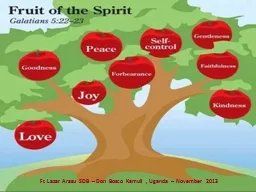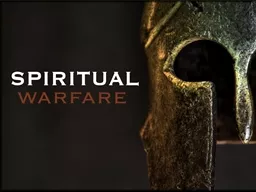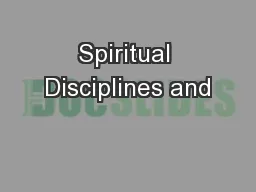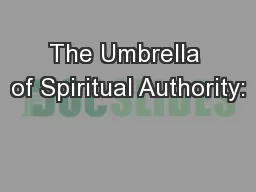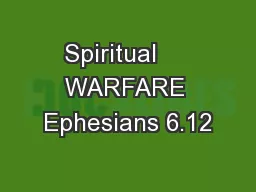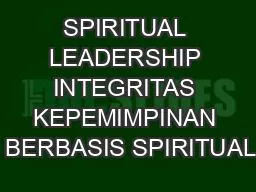PPT-Building Spiritual Strength
Author : slygrat | Published Date : 2020-10-22
Training for Chaplains and Therapists May 15 1030 am 630 pm Eastern Time Your Trainers J Irene Harris PhD LP U of Minnesota Research in psychology of religion for
Presentation Embed Code
Download Presentation
Download Presentation The PPT/PDF document "Building Spiritual Strength" is the property of its rightful owner. Permission is granted to download and print the materials on this website for personal, non-commercial use only, and to display it on your personal computer provided you do not modify the materials and that you retain all copyright notices contained in the materials. By downloading content from our website, you accept the terms of this agreement.
Building Spiritual Strength: Transcript
Download Rules Of Document
"Building Spiritual Strength"The content belongs to its owner. You may download and print it for personal use, without modification, and keep all copyright notices. By downloading, you agree to these terms.
Related Documents

